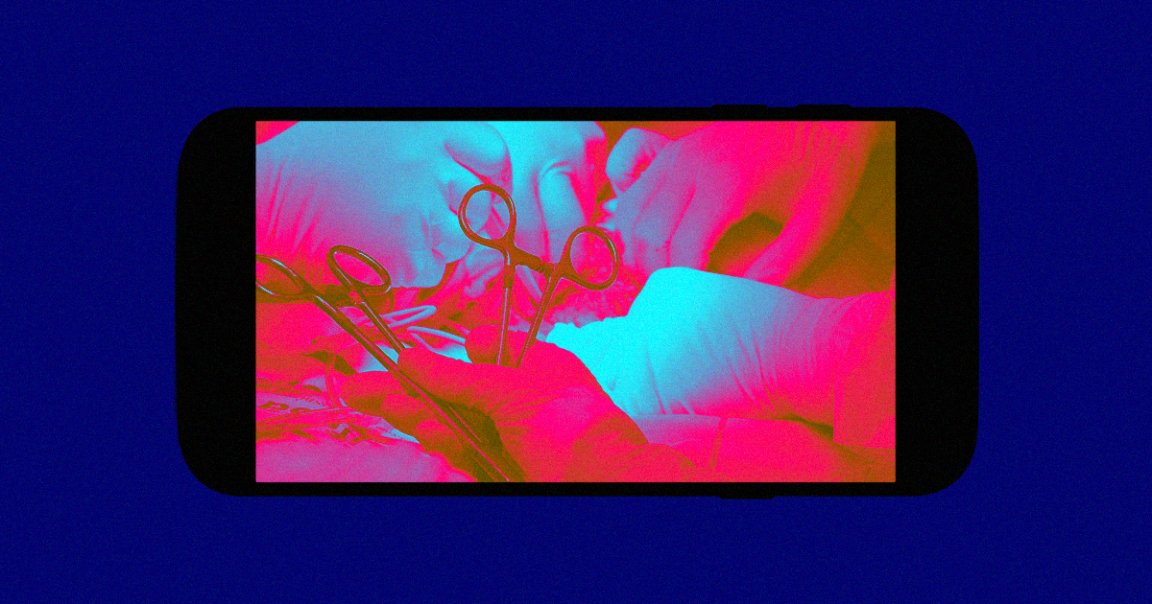
The Next G
Attendees at the Mobile World Congress (MWC) in Barcelona witnessed a world’s first on Wednesday.
While on stage during the annual showcase of mobile tech, doctor Antonio de Lacy remotely guided a surgical team at a hospital three miles away through an operation.
Surgical telementoring is nothing new, but what was different about this operation was the fact that de Lacy sent his instructions over a 5G connection, which allowed them to arrive in almost real-time — an important milestone along the path to remotely controlled robot surgeons.
Laggosaurus Wrecks
5G is the technology behind the next generation of wireless networks, and it’s expected to provide the world with lightning-fast connectivity.
According to a story by AFP, a 4G wireless network, the kind currently used in most developed nations, has a lag time of .27 seconds, while the 5G connection de Lacy used had a latency period of just .01 seconds.
“I am drawing with my hand on this screen, and at the same time on their screen,” de Lacy said during the demo, as reported by CNN. “Before 5G, we had to freeze the image to draw, but the surgeon is moving on and that is not ideal.”

Dr. Robot
Ideal or not, a 4G network could suffice for a situation like the one de Lacy demonstrated at MWC: an expert in one place guiding surgeons in another.
However, it just won’t do if we want experts to be able to remotely control robot surgeons — a capability that would eliminate many of the geographical and logistical barriers currently preventing some patients from getting the surgeries they need.
“This is a first step to achieve our dream,” said de Lacy after the demo, “which is to make remote operations in the near future.”
READ MORE: Doctor Performs First 5G Surgery in Step Towards Robotics ‘Dream’ [AFP]
More on 5G: There’s More to 5G Than You Think. Here’s How Our Networks Have Evolved.